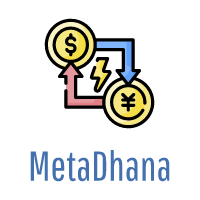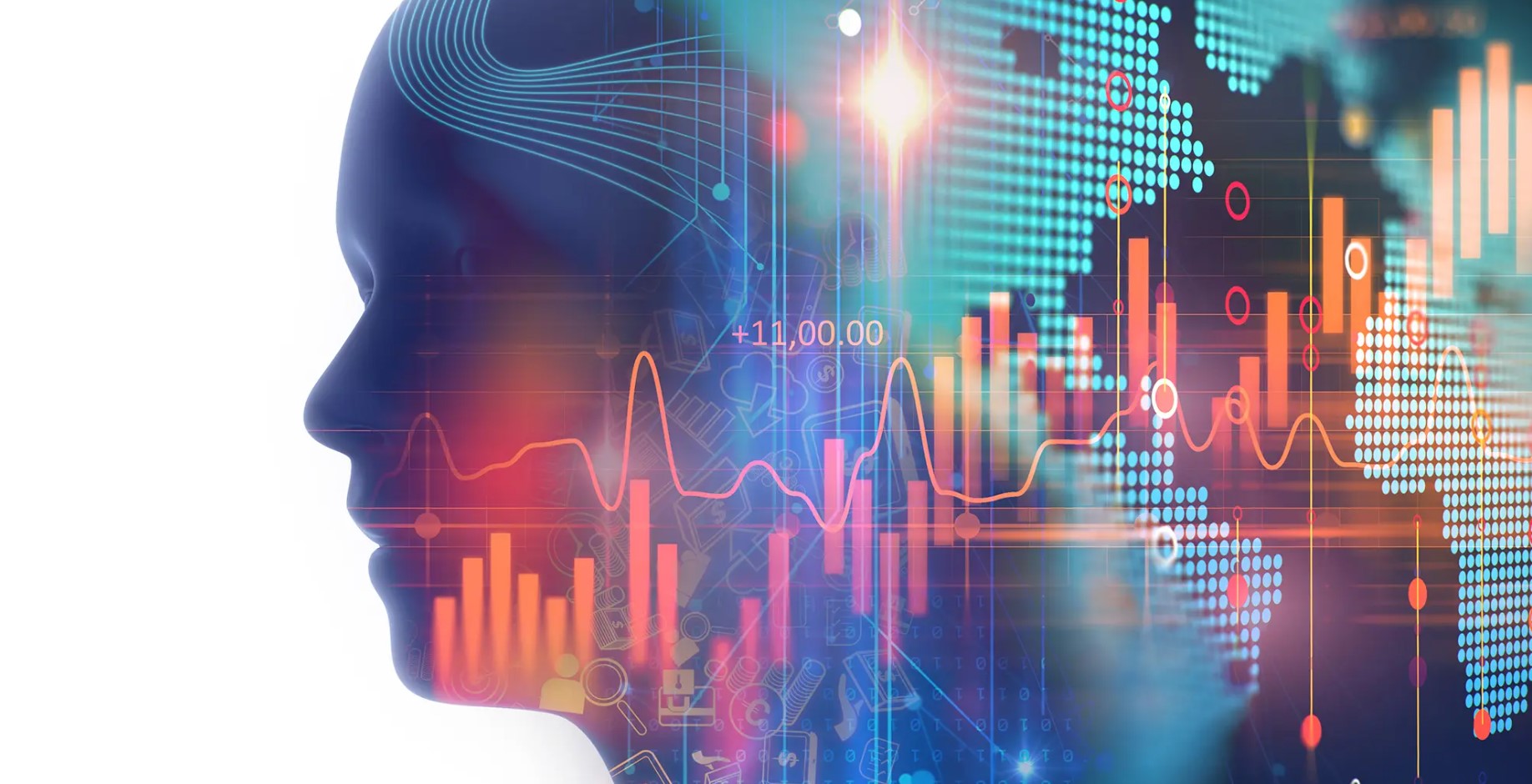In today’s fast-paced financial landscape, where milliseconds can make or break a trade, the integration of Artificial Intelligence (AI) has revolutionized Forex trading. This article explores the fascinating realm of Forex trading in the age of AI, shedding light on how advanced technology is shaping the future of currency exchange. From understanding the basics to delving into AI-powered trading strategies, this guide will provide you with insights into the exciting world where finance and technology converge.
Understanding Forex Trading
Forex, short for Foreign Exchange, is the global marketplace for buying and selling currencies. It operates 24 hours a day, five days a week, making it one of the most liquid and accessible financial markets globally. The primary goal of Forex trading is to profit from the fluctuations in currency exchange rates.
Forex trading involves the simultaneous buying of one currency and selling of another. These currency pairs, such as EUR/USD or GBP/JPY, are traded on the Forex market. The exchange rates between these pairs constantly fluctuate due to various factors, including economic data releases, geopolitical events, and market sentiment.
Traders aim to predict these price movements and take positions accordingly. For example, if you believe the Euro will strengthen against the US Dollar, you would buy EUR/USD. Conversely, if you expect it to weaken, you would sell the pair. Profits are made when the exchange rate moves in the direction you anticipated.
The Role of AI in Forex Trading
AI has emerged as a game-changer in Forex trading, introducing automation, efficiency, and predictive capabilities that were once unimaginable. Here’s how AI is transforming the landscape:
| AI Application | Description | Benefits |
| Data Analysis and Prediction | AI algorithms analyze historical and real-time data to make accurate predictions about currency movements. | Enhanced decision-making based on data. |
| Algorithmic Trading | AI-driven algorithms execute trades at high speeds, responding to market changes efficiently. | Rapid execution and scalability. |
| Risk Management | AI systems assess and manage risks effectively, minimizing losses and optimizing gains. | Proactive risk mitigation and protection. |
1. Data Analysis and Prediction
AI algorithms can process vast amounts of historical and real-time data, identifying patterns and trends that human traders may overlook. This capability allows AI to make highly accurate predictions about currency movements.
Data analysis is at the core of AI’s success in Forex trading. AI systems analyze historical price data, economic indicators, news sentiment, and even social media trends to identify potential trading opportunities. They can recognize patterns and correlations that would be nearly impossible for a human trader to spot.
2. Algorithmic Trading
Algorithmic trading, also known as algo trading, relies heavily on AI-driven strategies. These algorithms execute trades at lightning speed, responding to market changes faster than any human trader ever could.
Algorithmic trading systems can execute a large number of trades in a fraction of a second, taking advantage of even the smallest price discrepancies. This speed gives algorithmic traders a significant edge in the market, especially in high-frequency trading environments.
3. Risk Management
AI systems can assess and manage risks more effectively than humans. They can execute stop-loss orders, diversify portfolios, and adapt to market conditions in real time, minimizing losses and optimizing gains.
AI-driven risk management is proactive and data-driven. These systems continuously monitor the market and the trader’s portfolio, adjusting positions and strategies as needed to protect investments. They can calculate optimal position sizes and manage leverage to ensure responsible risk-taking.
Benefits of AI in Forex Trading
The integration of AI in Forex trading offers numerous advantages:
| Benefit | Description |
| Increased Efficiency | AI-powered trading systems can execute trades 24/7 without the need for breaks or sleep, providing continuous market coverage. |
| Enhanced Accuracy | AI-driven predictions are based on data and statistical analysis, reducing the impact of emotions and human errors. |
| Speed and Scalability | AI algorithms can process vast datasets and execute trades in milliseconds, allowing for high-frequency trading and scalability. |
| Improved Risk Management | AI can monitor multiple markets and trading instruments simultaneously, making rapid adjustments to mitigate risks effectively. |
1. Increased Efficiency
AI-powered trading systems can execute trades 24/7 without the need for breaks or sleep, providing continuous market coverage.
The 24/7 nature of Forex trading means that markets are open worldwide at different times. Human traders cannot be active around the clock, but AI systems can. This uninterrupted trading can lead to opportunities that might be missed during human downtime.
2. Enhanced Accuracy
AI-driven predictions are based on data and statistical analysis, reducing the impact of emotions and human errors.
Human traders can be influenced by emotions like fear and greed, leading to impulsive decisions. AI, on the other hand, makes decisions based solely on data and predefined algorithms, eliminating emotional bias. This results in more consistent and accurate trading strategies.
3. Speed and Scalability
AI algorithms can process vast datasets and execute trades in milliseconds, allowing for high-frequency trading and scalability.
The speed of AI-powered trading is a significant advantage in a market where price movements can happen in the blink of an eye. Additionally, AI systems can handle large volumes of data and execute trades across multiple currency pairs simultaneously, making them highly scalable.
4. Improved Risk Management
AI can monitor multiple markets and trading instruments simultaneously, making rapid adjustments to mitigate risks effectively.
AI systems continuously analyze market conditions and portfolio performance. If a trade is not going as expected or if market conditions change rapidly, AI can intervene swiftly to limit potential losses. This proactive risk management can protect investments and preserve capital.
Challenges and Considerations
While AI in Forex trading has immense potential, it’s not without challenges:
| Challenge | Description |
| Technology Dependence | Relying solely on AI can be risky, as technical glitches or system failures can lead to significant losses. |
| Market Volatility | Even AI struggles to predict extreme market volatility events, such as geopolitical crises or unexpected economic shocks. |
| Ethical Concerns | The use of AI in trading raises ethical questions, including its impact on job displacement and market fairness. |
1. Technology Dependence
Relying solely on AI can be risky. Technical glitches or system failures can lead to significant losses.
As advanced as AI technology is, it is not infallible. System failures, network issues, or software bugs can disrupt trading operations. Traders must have contingency plans in place and not rely entirely on AI without human oversight.
2. Market Volatility
Even AI struggles to predict extreme market volatility events, such as geopolitical crises or unexpected economic shocks.
While AI can analyze historical data and identify patterns, it may not be well-equipped to anticipate unprecedented events that can trigger extreme market volatility. Human intuition and geopolitical awareness remain essential in navigating such situations.
3. Ethical Concerns
The use of AI in trading raises ethical questions, including its impact on job displacement and market fairness.
The automation of trading through AI may reduce the need for human traders, potentially leading to job losses in the industry. Additionally, the use of AI algorithms for high-frequency trading has raised concerns about market fairness and transparency.
In conclusion, AI has transformed Forex trading by introducing unprecedented levels of efficiency, accuracy, and risk management. Traders now have access to powerful tools that can analyze vast amounts of data and execute trades with lightning speed. However, it’s crucial to recognize the challenges and ethical considerations that come with this technology. Striking a balance between AI and human expertise remains key to successful Forex trading in the age of Artificial Intelligence.
In the age of Artificial Intelligence, Forex trading has evolved into a high-tech endeavor. AI-driven tools and strategies are empowering traders with unprecedented capabilities, making the market more accessible and efficient. However, it’s essential to strike a balance between technology and human expertise to navigate the complexities of the Forex market successfully.
If you’re looking to harness the power of AI in Forex trading, now is the time to explore the possibilities and stay ahead in this ever-evolving industry.
FAQs
1. Can AI guarantee profits in Forex trading?
No, AI cannot guarantee profits. While it enhances decision-making and risk management, Forex trading always carries inherent risks.
2. Is AI suitable for novice traders?
AI can benefit traders of all levels, but beginners should gain a solid understanding of Forex basics before relying on AI tools.
3. What are the costs associated with using AI in Forex trading?
The costs vary depending on the AI software and services you choose. Some offer free trials, while others charge subscription fees or commissions on trades.
4. How can I get started with AI-powered Forex trading?
To get started, research and choose a reputable AI trading platform, practice with a demo account, and gradually transition to live trading.
5. Is it possible to combine human and AI trading strategies?
Yes, many traders use a hybrid approach, combining their expertise with AI tools to maximize their trading success.

